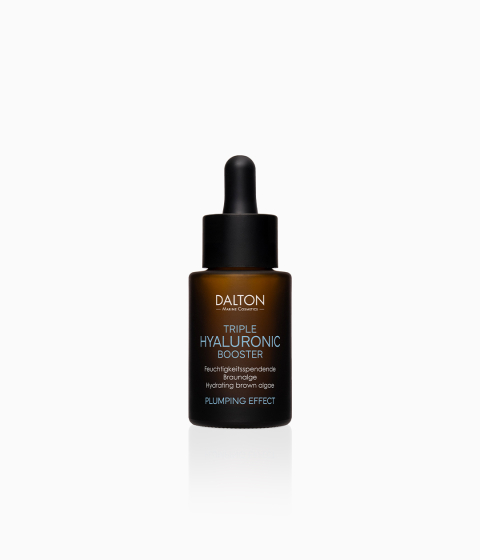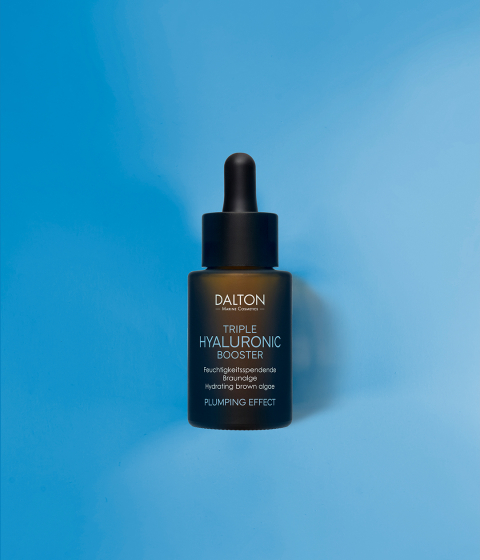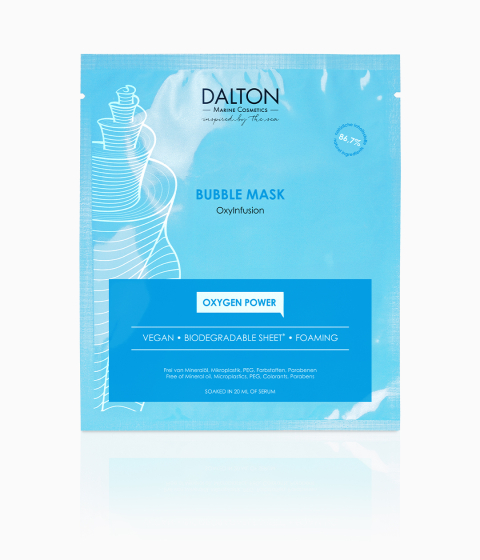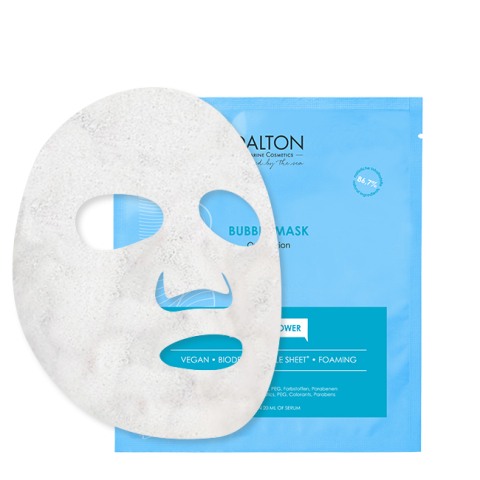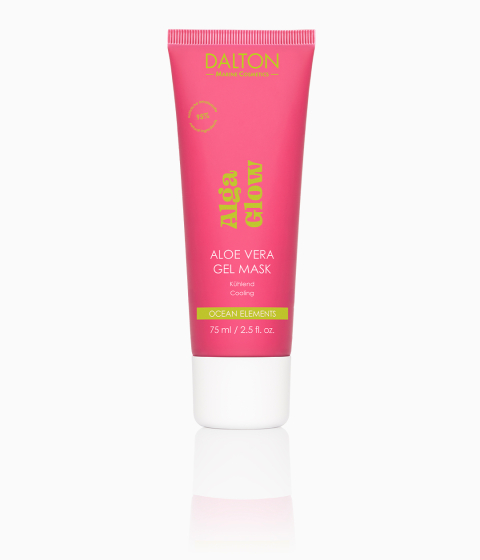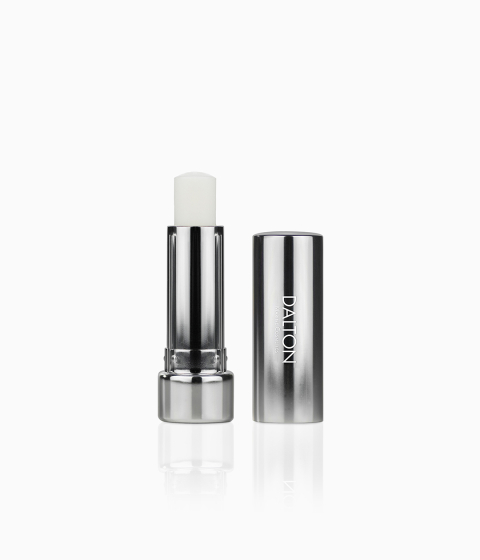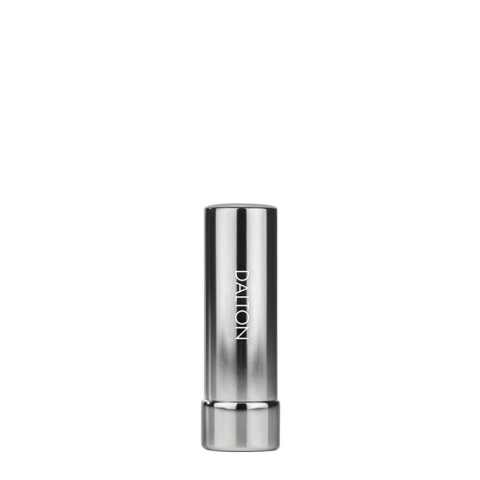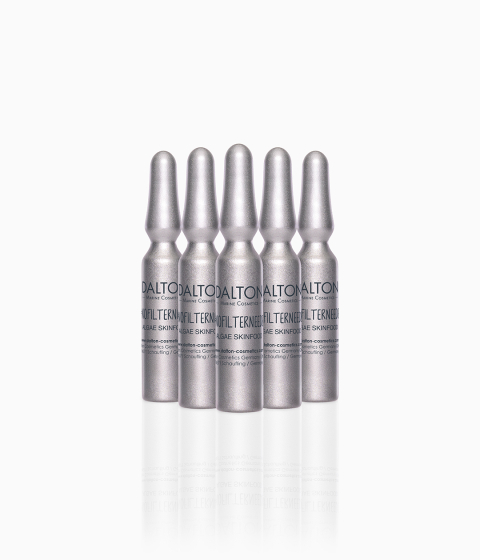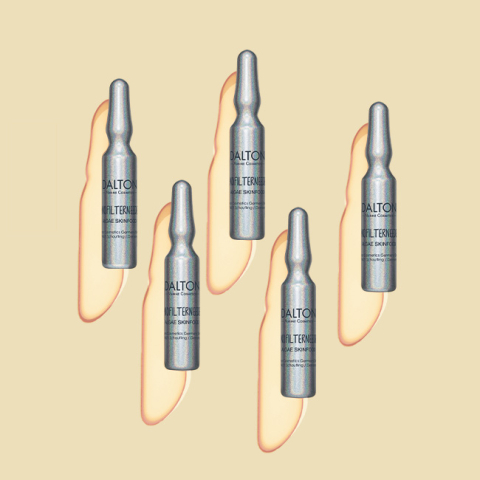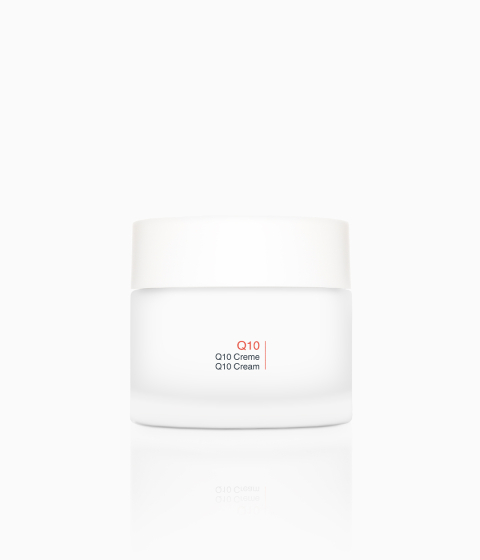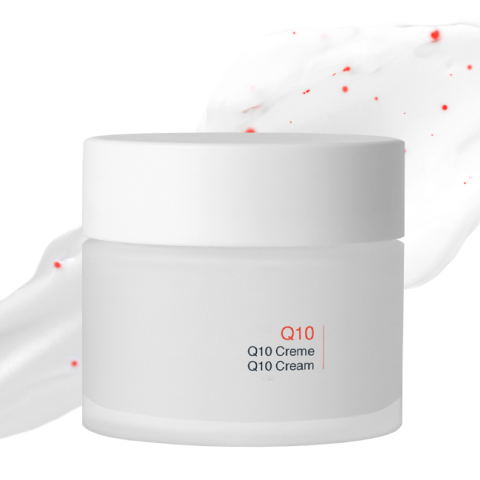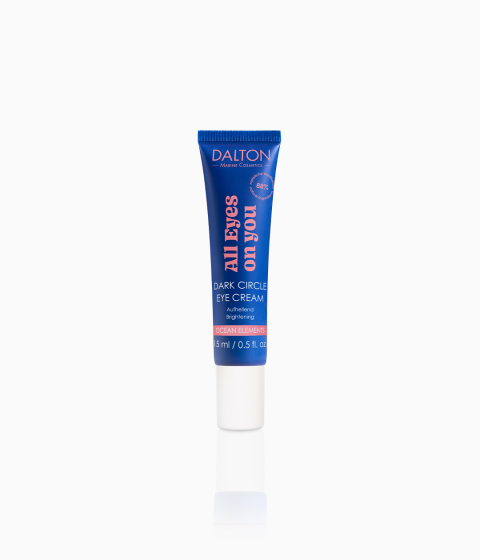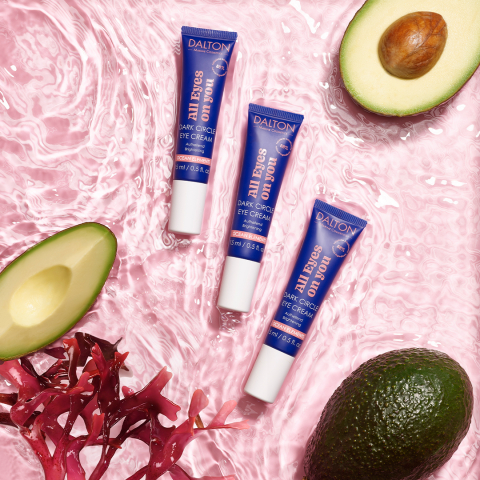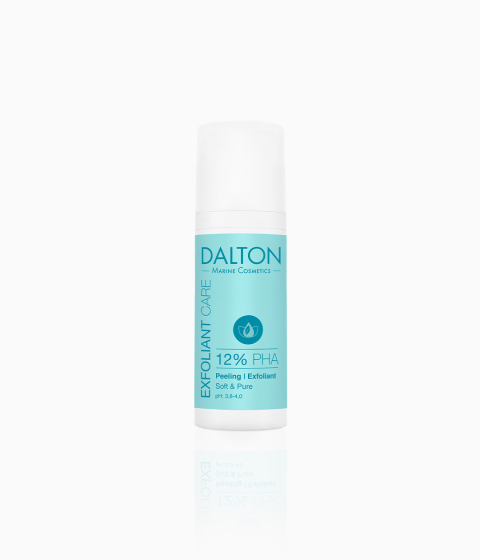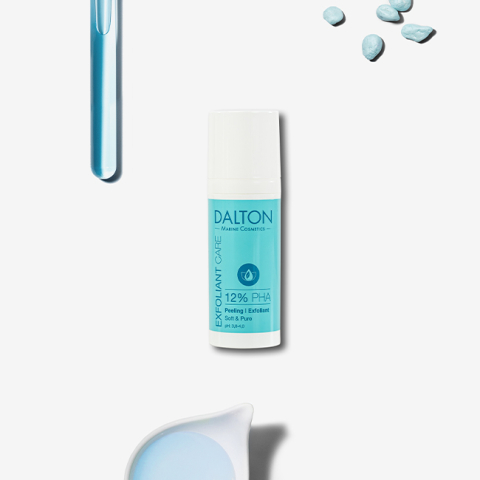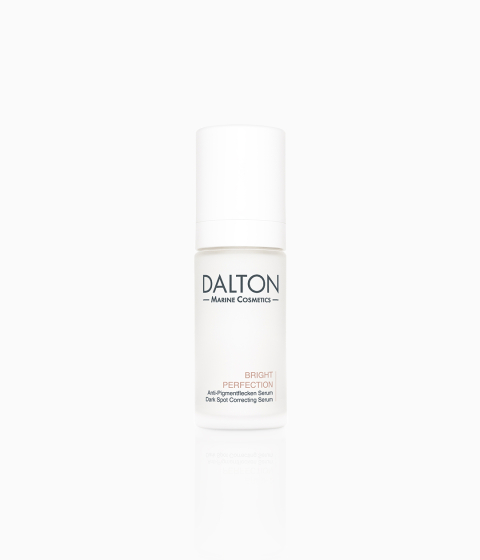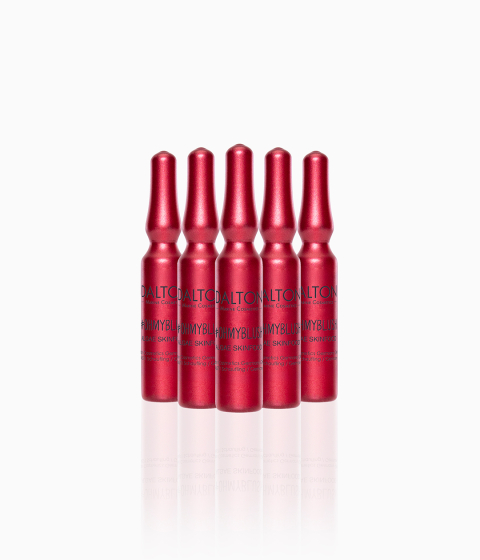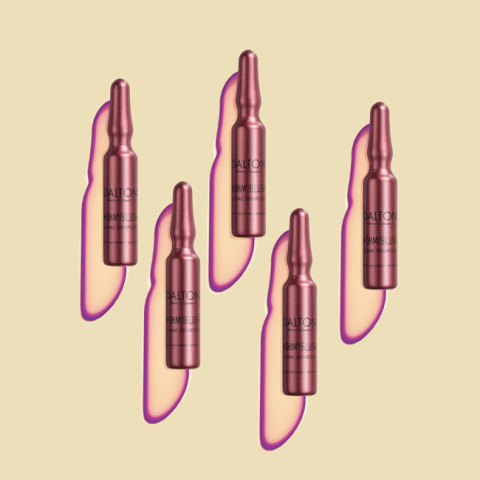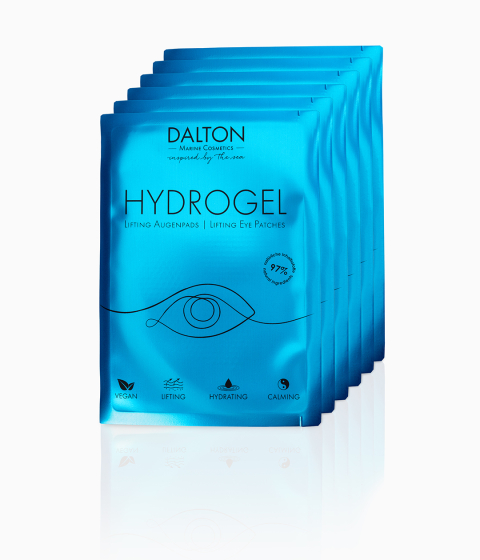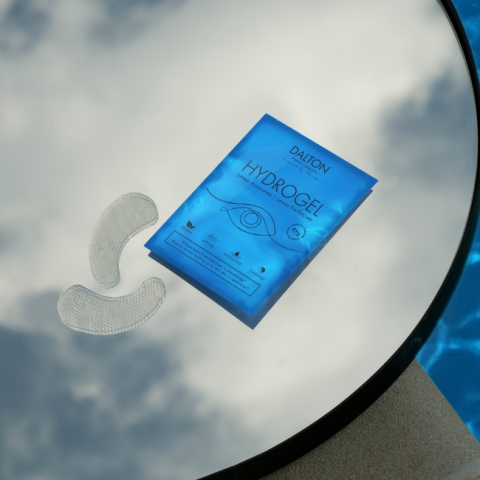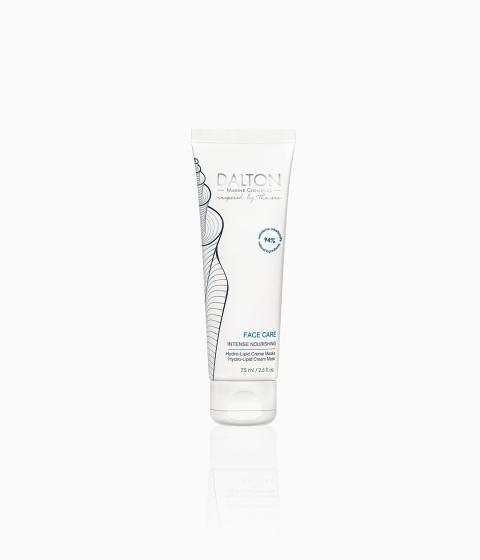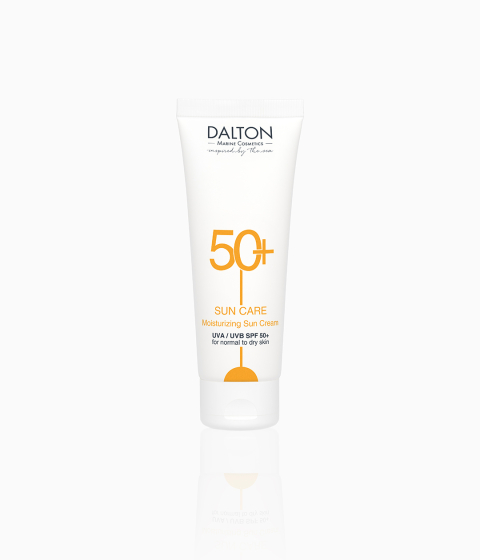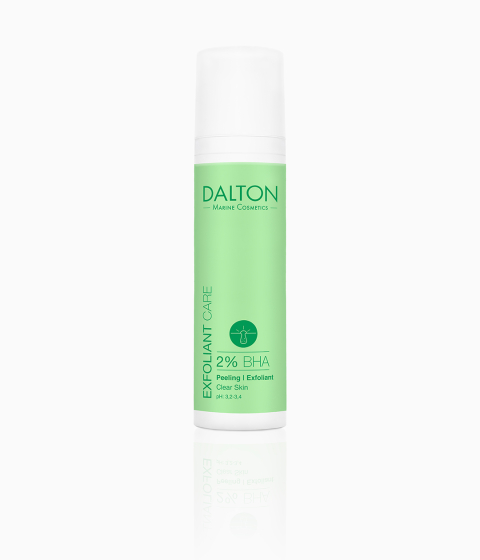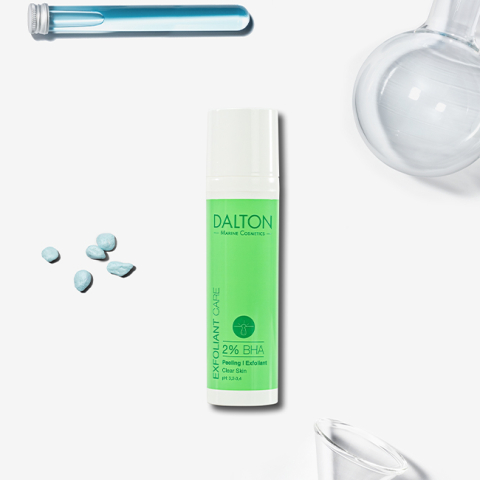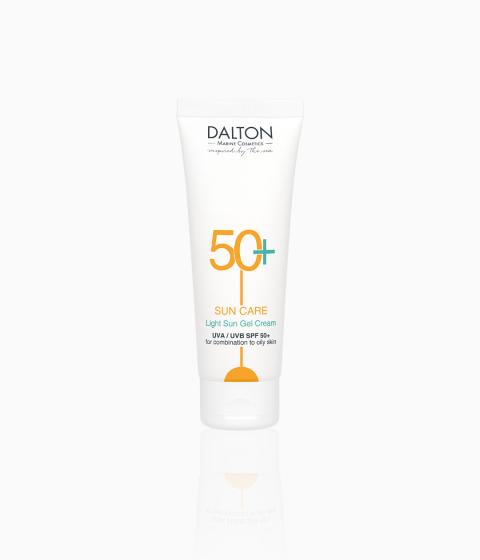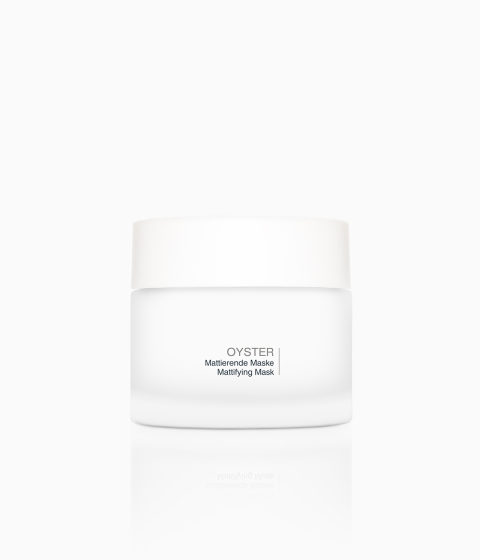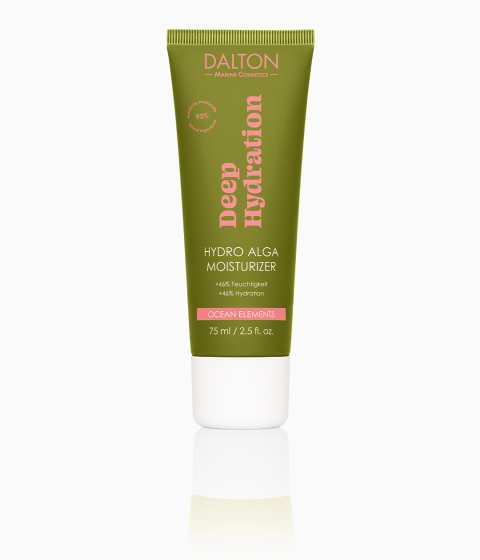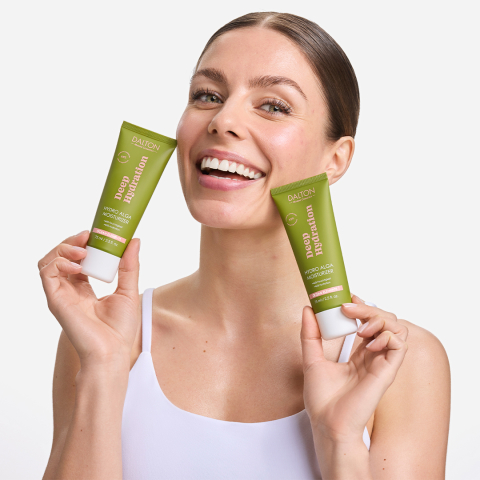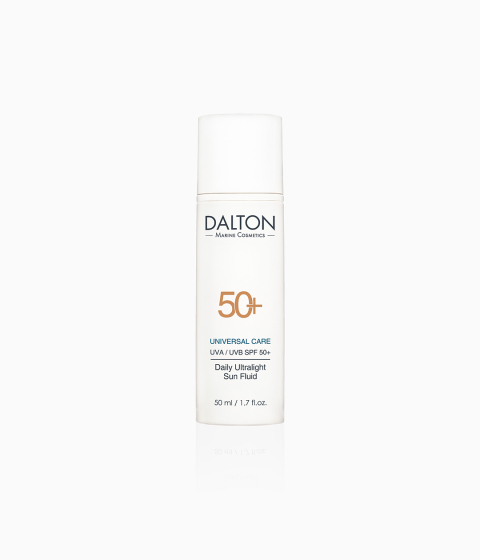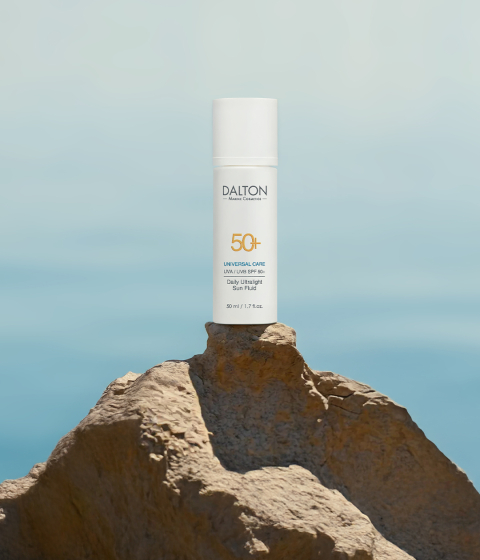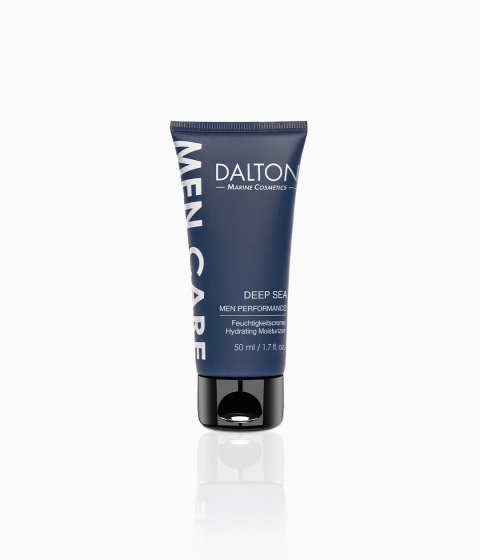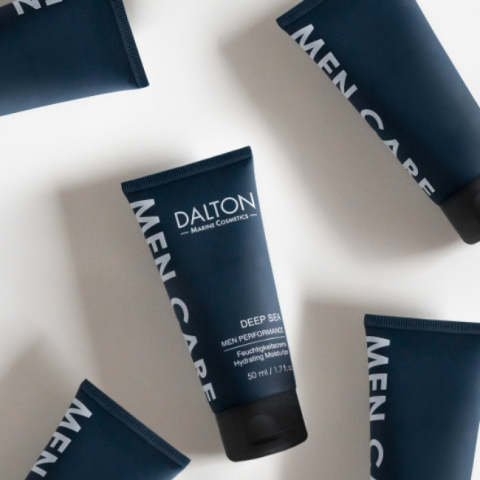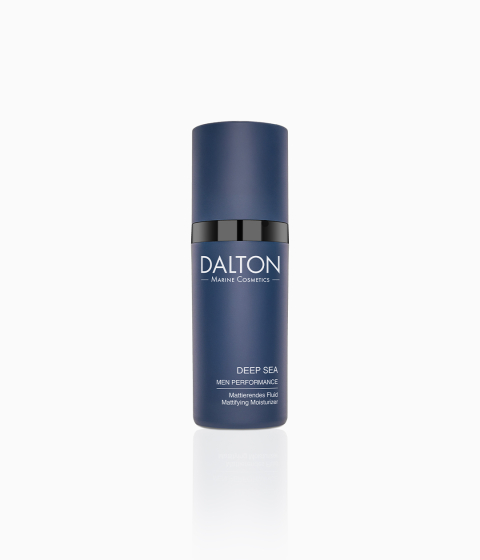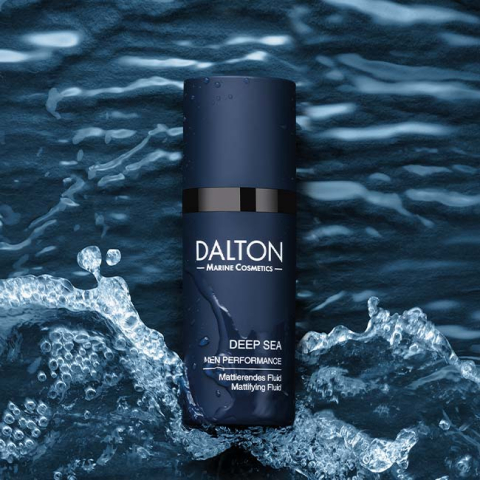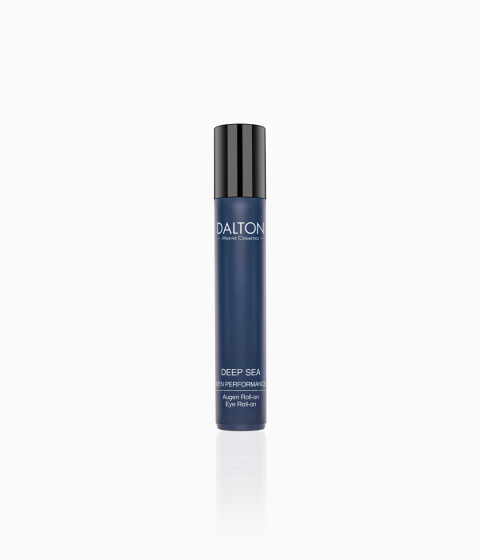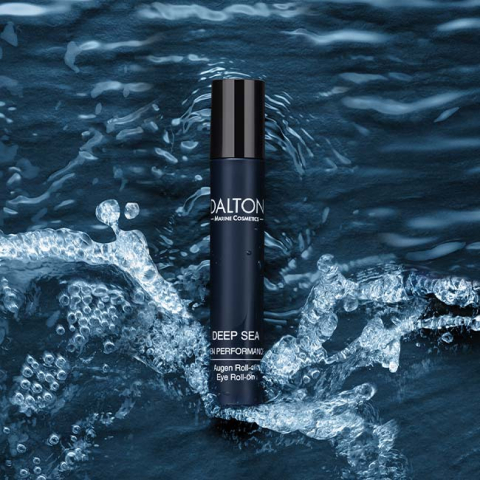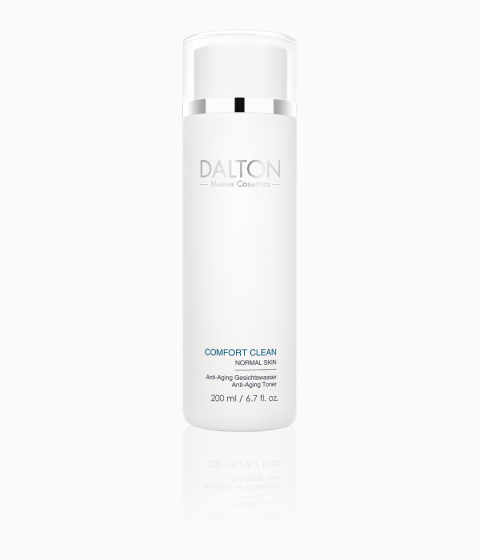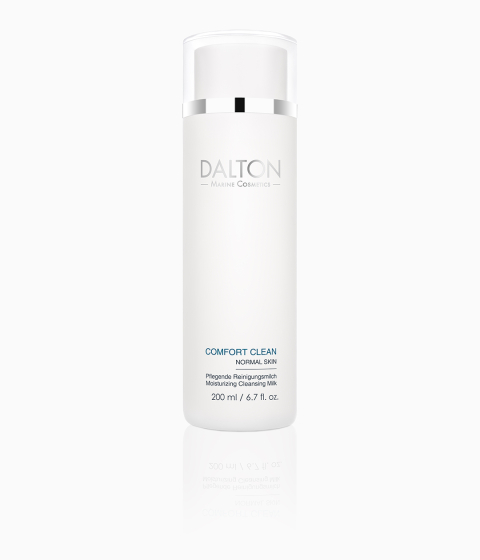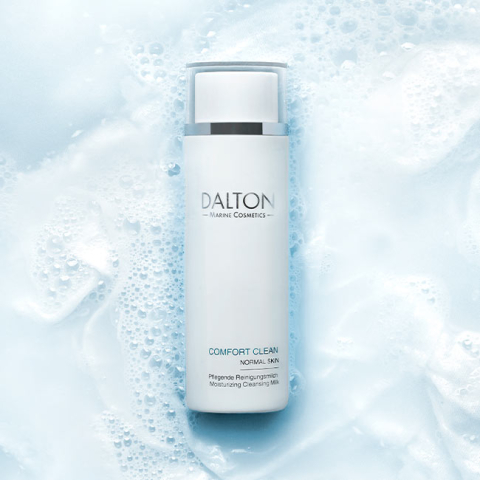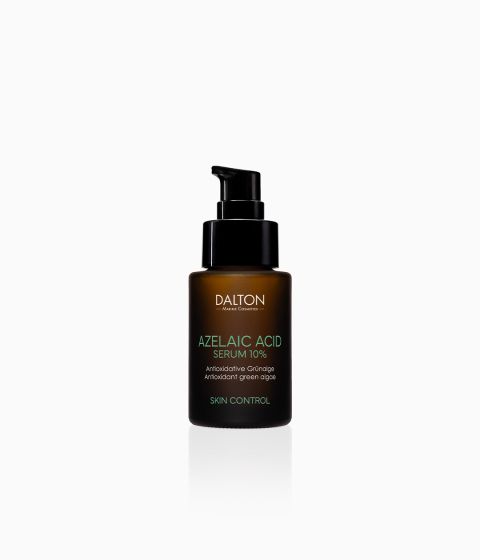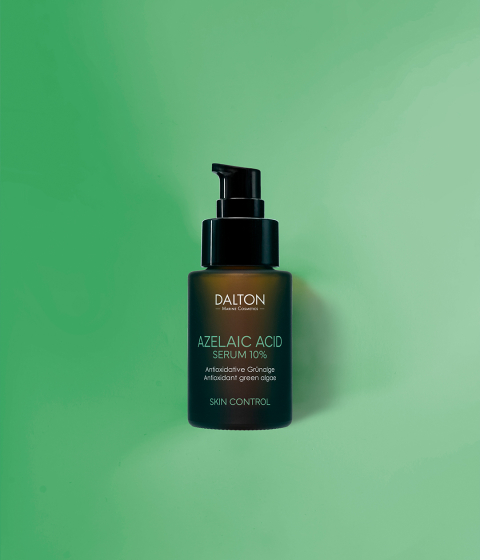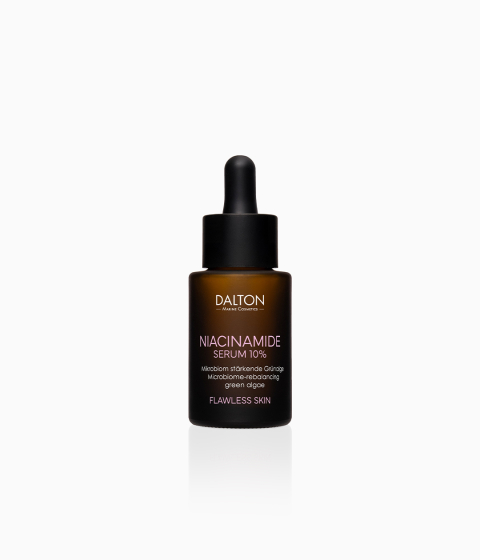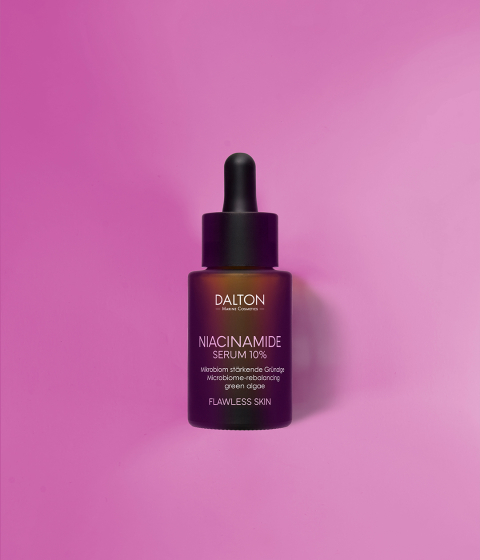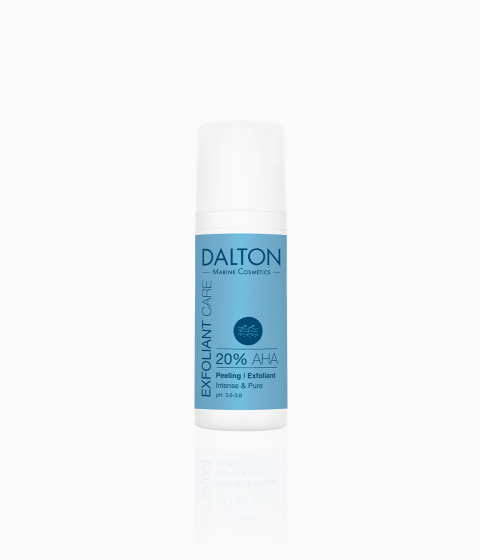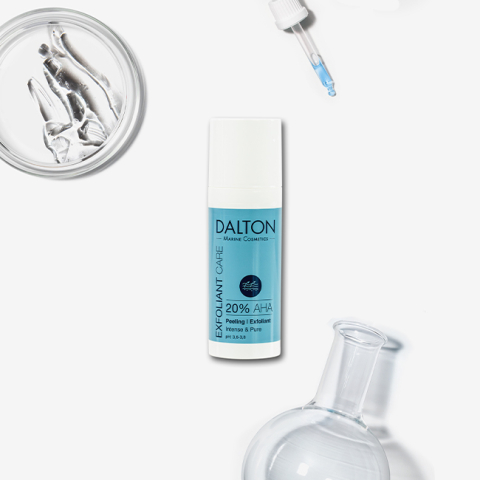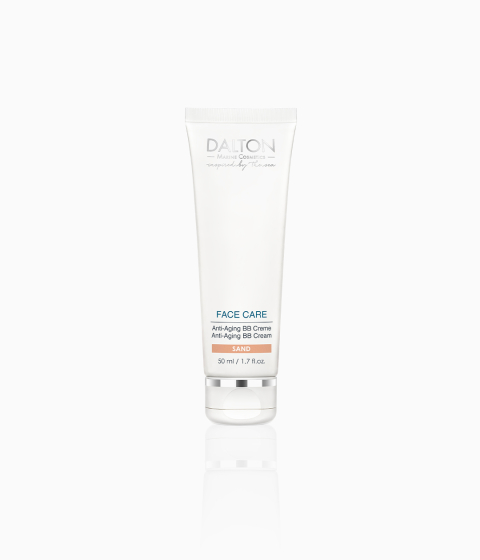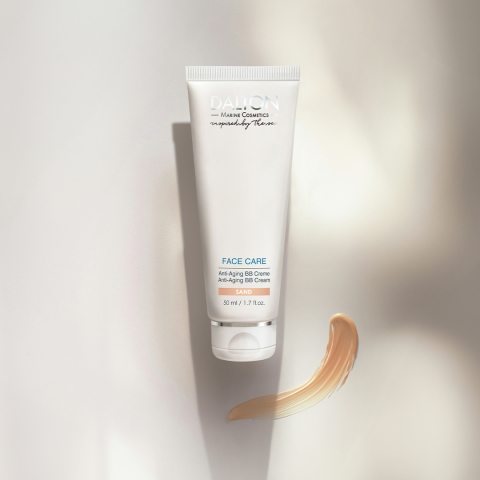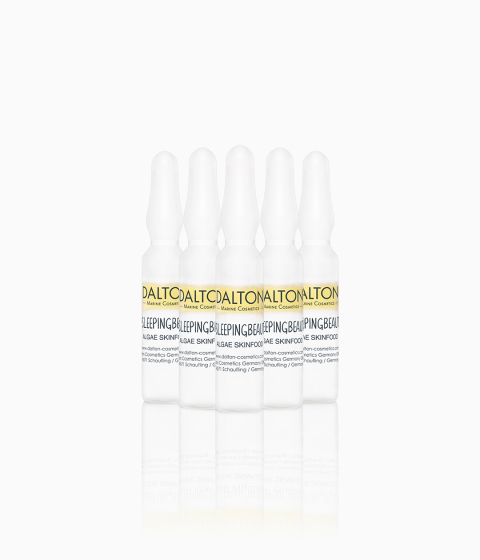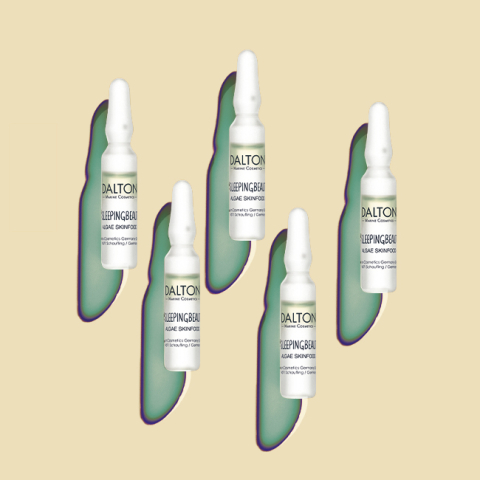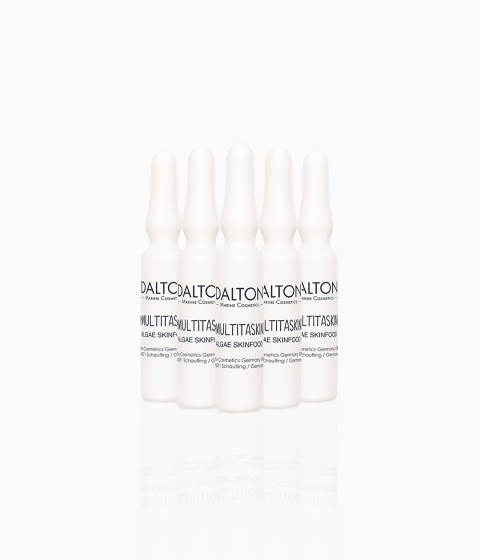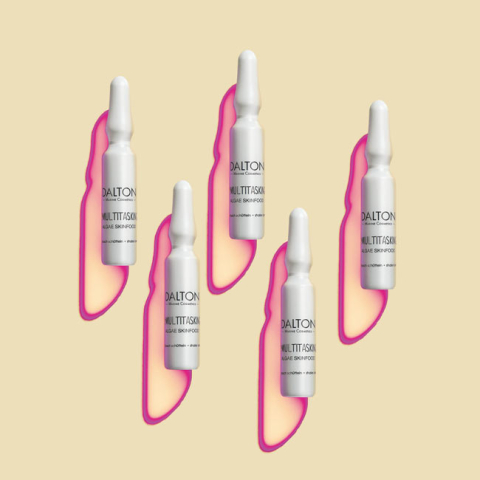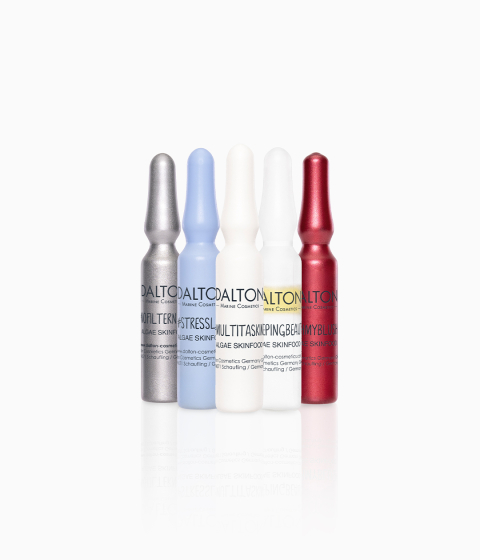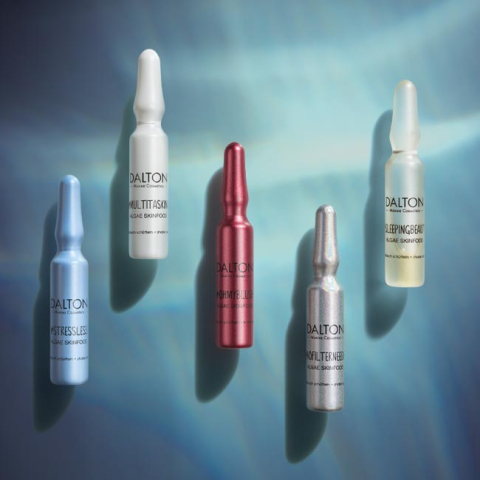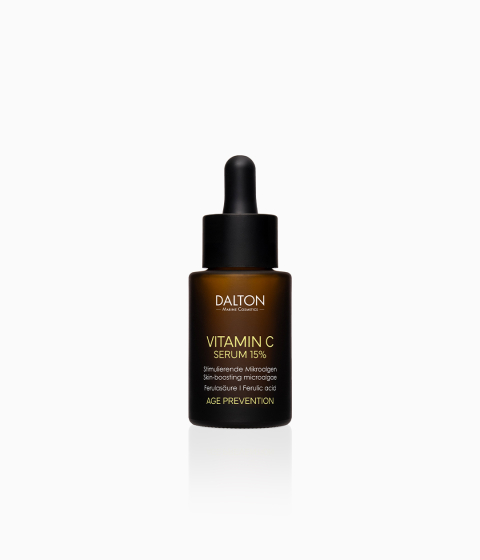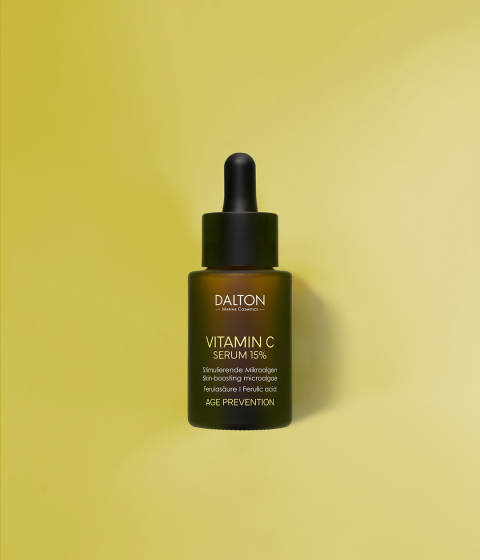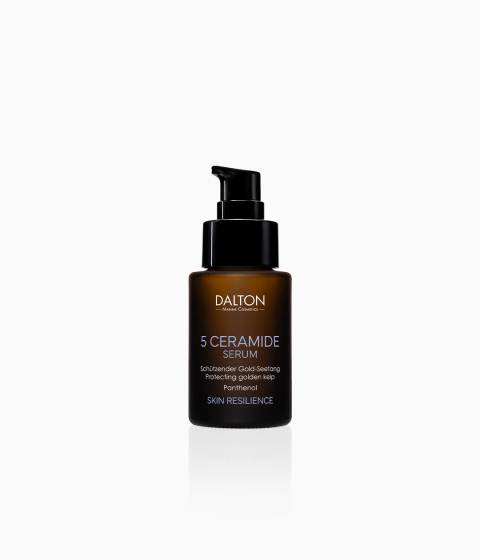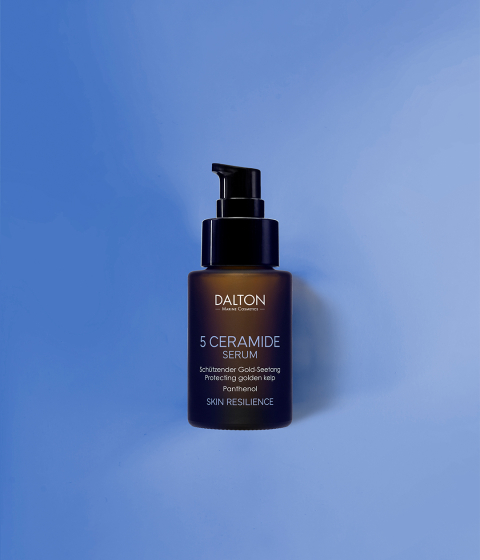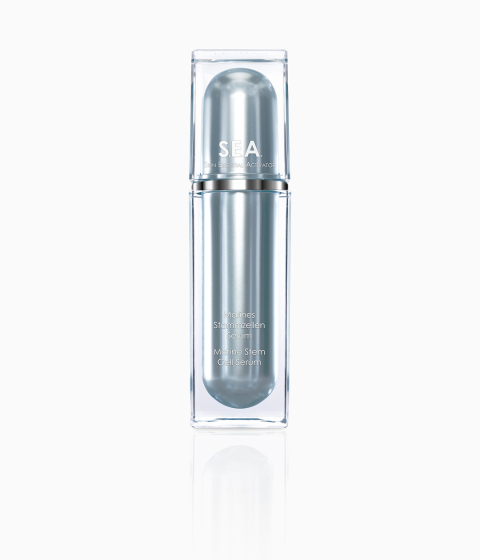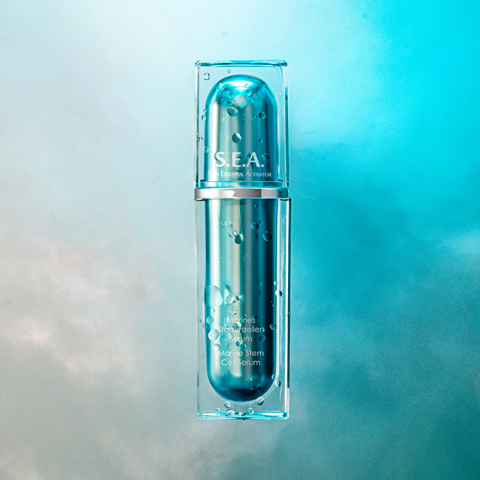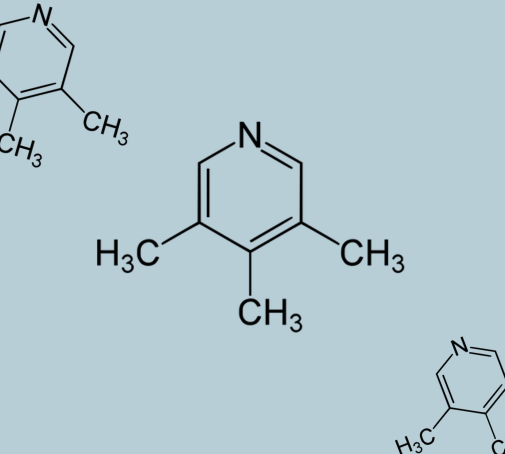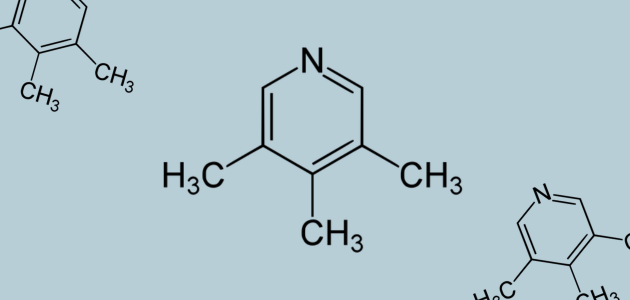

Algae in Skincare
Algae are not just incredibly adaptable – capable of thriving in a wide range of environments – and very rich in nutrients. They are also true powerhouses when it comes to skincare. Beauty products made with algae? Absolutely! Here’s why these ocean gems deserve a permanent spot in your skincare routine.
This is what we will be exploring in this article:
• What are algae? The key facts
• Why we use algae in skincare
• Types of algae and their skincare benefits
• How algae are used in skincare formulations
• Smart ingredient pairings with algae
• Algae as a sustainable alternative
This is what we will be exploring in this article:
• What are algae? The key facts
• Why we use algae in skincare
• Types of algae and their skincare benefits
• How algae are used in skincare formulations
• Smart ingredient pairings with algae
• Algae as a sustainable alternative
Key Facts at a Glance
There are two main types of algae: microalgae and macroalgae. Microalgae (such as spirulina) are single-celled, microscopic organisms. Macroalgae (such as nori) are multicellular and visible to the naked eye, often growing several meters in length. Algae thrive in both freshwater and saltwater environments, as well as on moist surfaces and soils, mostly in coastal regions. Whether micro or macro, algae are true masters of survival, able to adapt to even the harshest conditions. This remarkable adaptability helps explain the immense variety: more than 70,000 species of algae are currently known, and experts estimate that five times as many have yet to be discovered. The major groups most relevant to cosmetics include green algae, brown algae, red algae and blue-green algae.




Algae are often referred to as the “green lungs of the oceans“ - and for good reason: at least half of the world’s oxygen is produced by algae.1 But that’s not all—they also absorb up to 50 billion tons of CO₂ each year.2


1 Field, C. B., Behrenfeld, M. J., Randerson, J. T., & Falkowski, P. G. (1998). Primary Production of the Biosphere: Integrating Terrestrial and Oceanic Components. Science, 281(5374), 237–240.
2 Falkowski, P. G. (1994). The Role of Phytoplankton Photosynthesis in Global Biogeochemical Cycles. Photosynthesis Research, 39(3), 235–258.
Why We Use Algae in Skincare
Algae are true multitaskers and when it comes to skincare, they are hard to beat. They offer a wide range of skin benefits – while also being exceptionally gentle on the skin.
- Antioxidant defense: Algae have powerful antioxidant properties and help neutralize free radicals.
- Nutrient powerhouses: Algae are rich in vitamins (A, B, C, E), minerals (such as magnesium, calcium, zinc), trace elements, amino acids and antioxidants.
- Deep hydration: With their exceptional ability to retain moisture, algae provide deep and long-lasting hydration – especially for dry skin.
- Purifying: Algae help the skin to eliminate toxins, promoting a clearer complexion.
- Anti-aging & cell protection: Their antioxidant power helps prevent premature skin aging.
- Soothing: Especially red and green algae have soothing properties – making them ideal for sensitive or irritated skin.
- Skin renewal: Certain types of algae can stimulate cell turnover, supporting the skin’s natural regeneration process.
- Barrier support: Algae help reinforce the skin’s natural protective barrier, making it more resilient and less prone to external stressors.
Unlike land plants, algae don’t rely on roots to absorb nutrients. Instead, they use their entire surface to continuously filter seawater, absorbing minerals, trace elements, amino acids, vitamins and polysaccharides into their cells. That’s why algae, as a skincare ingredient, offer such a high concentration of actives and exceptional nutrient density.
Are algae plants?
Types of Algae and Their Skincare Benefits
The world of algae is incredibly diverse, but what they can do for your skin is even more impressive. Four main types are especially relevant when it comes to promoting healthy, balanced skin.
Brown Algae:




Common brown algae types: Laminaria, Fucus vesiculosus, Ascophyllum nodosum
Key actives: Iodine, alginates, polyphenols, fucoidan, minerals
Benefits of brown algae:
- They have a purifying effect and can support the removal of toxins from the skin.
- Alginates are especially known for their excellent moisture-binding properties, helping to hydrate the skin and improve elasticity.
- Brown algae deliver anti-aging benefits by protecting the skin with powerful antioxidants and supporting natural collagen production.
- Thanks to their firming effect, they are commonly used in anti-wrinkle and anti-cellulite products.
Red Algae:




Common red algae types: Nori, Irish Moss
Key actives: Peptides, carrageenan, vitamins, antioxidants
Benefits of red algae:
- Red algae have calming and soothing properties, making them ideal for sensitive or easily irritated skin.
- They can form a lightweight protective film on the skin, shielding it from environmental stressors.
- They help maintain the skin’s natural moisture balance.
- They support skin renewal with their regenerating properties.
Blue-Green Algae:




Common blue-green algae: Spirulina
Key actives: Proteins, amino acids, vitamin B12, beta-carotene, chlorophyll
Benefits of blue-green algae:
- They have anti-inflammatory properties, making them ideal for products targeting acne or redness.
- They stimulate skin renewal and support natural regeneration.
- They help the skin eliminate toxins and strengthen its natural defenses.
- Packed with antioxidants, they help protect against premature signs of aging.
Did you know? Despite the name, blue-green algae aren’t actually algae.
Green Algae:




Common green algae types: Chlorella, Ulva lactuca
Key actives: Chlorophyll, vitamins (A, C, E) and polysaccharides
Benefits of green algae:
- They support the skin’s natural detox process and improve oxygen supply.
- They help defend against oxidative stress.
- Thanks to their brightening properties, they’re often used in products targeting hyperpigmentation.
- They can promote cell renewal and support wound healing.
How Algae Are Used in Skincare Formulations
How are algae actually incorporated into skincare? There are many ways to formulate with algae – each tailored to the product type, desired effect and supporting ingredients.
1. Algae extracts: Derived from fresh or dried algae, these extracts are obtained using different methods such as water or seawater extraction, ethanol or glycerin-based extraction and CO₂ extraction—to isolate targeted actives.
2. Algae powder: Algae are dried and finely ground into a powder.
3. Algae gels: Gel-forming types of algae, like carrageenan, agar-agar and alginate, are processed into gel textures.
4. Liposomal algae actives: Liposomes are tiny, spherical vesicles made of phospholipids that can encapsulate both water- and oil-soluble actives. Algae extracts can be incorporated into these liposomes.
5. Fermented algae: Through fermentation with lactic acid bacteria or specific yeasts, algae are transformed over 24 to 72 hours. This process creates new bioactive compounds, boosts antioxidant potency, enhances skin tolerance and reduces the risk of irritation.
Smart Ingredient Pairings with Algae


Algae are the perfect add-on in skincare. They pair beautifully with other actives – helping to stabilize formulas, boost efficacy and enhance overall results.


Hyaluronic acid: Algae help bind moisture, while hyaluronic acid amplifies this effect. → Deep hydration + skin barrier support
Niacinamide: Algae calm and remineralize the skin, while niacinamide strengthens the barrier and balances the complexion. → Refined skin texture + anti-aging + oil regulation
Vitamin C: Algae provide antioxidant protection and support the effects of vitamin C. → Defense against oxidative stress + brightening effect + enhanced collagen synthesis
Aloe vera & Panthenol: All three ingredients soothe and hydrate stressed, irritated or sensitive skin. → Soothing + regeneration + skin protection
Ceramides: Algae promote the skin’s natural barrier function, while ceramides actively reinforce it. → Protection + resilience + moisture
AHA, BHA and PHA: While exfoliating acids work to renew the skin, algae help calm and remineralize - minimizing potential irritation. → Balancing + soothing
Algen lassen sich auch untereinander sehr gut kombinieren, zum Beispiel für mehr Feuchtigkeit, Beruhigung oder einen verstärkten Anti-Aging-Effekt. Sie können perfekt auf Hauttyp und Pflegeziel abgestimmt werden. Gleichartige Wirkungen verstärken sich, unterschiedliche ergänzen sich.
Can Algae Be a Sustainable Alternative?
The short answer: absolutely - if the right factors are taken into account. Here are 3 key reasons why algae can be a highly sustainable choice in skincare:
1. Ressource-efficient cultivation
- Algae require no freshwater, no fertilizers and no pesticides.
- They are fast-growing and highly efficient – some species can be harvested multiple times a year.
- When farmed in aquaculture systems or bioreactors, they can be cultivated under controlled, sustainable conditions.
- Sourcing algae regionally—within Europe, for example—helps minimize transport emissions and shortens supply chains.
2. Environmental benefits
- Algae absorb CO₂ and produce oxygen.
- They can help purify water by absorbing excess nutrients, even supporting wastewater treatment in some systems.
3. Zero-waste potential
- Modern production methods aim to use the entire algae biomass—including extracts, polysaccharides, pigments, and proteins.
- Remaining materials can often be reused or composted
Algae in our Celumer Marine Extract
Algae are a key component of the Celumer Marine Extract – one of six synergistic active ingredients that work together to rejuvenate, nourish and protect the skin. You’ll find this powerful anti-aging complex in every one of our anti-aging products. And with good reason: the Celumer Marine Extract delivers proven results*:
Algae – The Vegan Superhero
Algae don’t just shine in skincare - they are nutritional powerhouses too. In addition to vitamins, minerals, proteins and antioxidants, certain types of algae are rich in phytonutrients and omega-3 fatty acids – making them especially valuable in a vegan diet.


Beauty editor
SIMILAR POSTS
You Might Also Like

